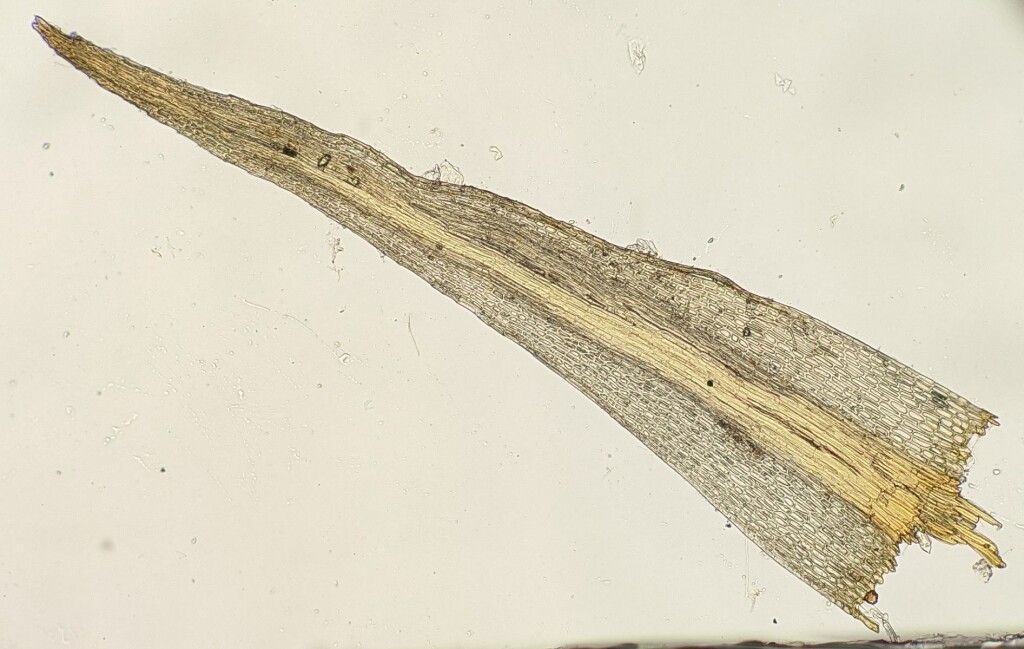Trematodon
Autoicous, rhizautoicous or dioicous. Loose tufts or gregarious on soil, logs or tree roots. Stems simple or sparingly branched by innovation, with rhizoids restricted to base. Leaves subulate from a sheathing ovate to oblong base, subula erect or erect-spreading and often flexuose when moist, erect or contorted to crispate when dry; apex subulate; costa subpercurrent, percurrent or excurrent; margin entire or serrulate or denticulate near apex; laminal cells quadrate, irregularly hexagonal, rhomboid or rectangular, becoming longer and broader in sheathing base, unistratose or partially or fully bistratose in subula. Capsule erect or slightly inclined, straight or curved, exserted, cylindric or obovoid, operculate, with a strongly differentiated conic to long-cylindric neck, with or without an annulus, sometimes strumose. Calyptra cucullate or mitrate, smooth. Operculum rostrate. Peristome absent, reduced to a membrane or of 16 entire, perforated or forked teeth.
Throughout the world, south to the subantarctic islands, with around 25 species, but most diverse in temperate regions; five species in Victoria.
 Spinning
Spinning


